-
John Peel Born: 1776, Cumberland Died: November 13, 1854
Yes, I ken'd John Peel, with his coat so gray,
He lived at Caldeck [sic] once on a day,
But now he's gone and he's far, far away;
And we shall ne'er hear his horn in the morning." -
John Peel Fact & Fiction
Here above is a news paper article of the great John Peel.. Written By George Bott
The Country Life By
October 28tg 1954 -
Emms John The oil painting is Titled he Huntsman And His Hounds
As you can see from the oil painting, "Jack Russell's" were used in fox hunting as displayed in the huntsman's arms..
John Peel was an English huntsman who is the subject of the nineteenth century song D'ye ken John Peel - "ken" meaning 'to be aware of' or 'to know' in some dialects of the North of England.
Born: 1776, in Cumberland
Died: November 13, 1854 Again in Cadlbeck Cumberland.
Again, to quote Dan Russell from his own book Jack Russell and His Terriers:
After War World War II, England seemed to get along perfectly fine without a Parson Russell Terrier Club. In fact, the 1950s, 60s and 70s were the Golden Age of terrier work in the U.K., as the weekend was invented (a product of the union movement), and it was now easier to get out to the countryside than ever before.
Add into the equation was the rise of distemper vaccines which prevented massive kennel loss, and the advent of antibiotics which helped prevent occassional gashes and wounds from getting infected, and it was truly the best of times.
Though myxomatosis arrived in the 1950s and devastated many ancient rabbit warrens throughout the U.K, the decline in rabbit populations was offset somewhat by a ban on the use of leghold traps (gins).
In 1976, its U.S. analog was created -- the Jack Russell Terrier Club of America (JRTCA).
Both clubs have prospered and stuck to their original mission, and today the Jack Russell Terrier Club of America remains the largest Jack Russell terrier clubs in the world.
With an increase in the popularity of the Jack Russell terrier in Great Britain and the U.S., a push was initiated in 1983 to pull the Jack Russell into The Kennel Club. In 1990 this was finally done with representatives from several smaller Jack Russell Clubs meeting to draw up a conformation "standard" that called for a dog standing 12-15 inches at the withers.
I just happen to have a signed what would appear to be a first addition of the above book which was signed and presented to Raymond John Phillips Esquire on Sept 5th 1931 whom was also a fox huntsman, The signing clearly mentions the fact that Mr. Raymond John Phillips Esquire was a night huntsman & that Capt Lucas. had written about him in the above book.
The English white terrier is an extinct breed of dog.
The English White terrier is the failed show ring name of a pricked-ear version of the white fox-working terriers that have existed in the U.K. since the late 18th Century.
- COAT–Close, hard, short, and glossy.
- COLOUR–Pure white, coloured marking to disqualify.
- CONDITION–Flesh and muscles to be hard and firm.
- WEIGHT–From 12 lb. to 20 lb.
| Silvios' Measurements | |
|---|---|
| Area | Inches |
| Nose to stop | 3 |
| Stop to occiput | 4.5 |
| Length of back | 15 |
| Girth of muzzle | 7 |
| Girth of skull | 12 |
| Girth of brisket | 19 |
| Girth round shoulders | 19.5 |
| Girth of loin | 16 |
| Girth of forearm | 3.75 |
| Girth of pastern | 3 |
| Height at shoulders | 18 |
| Height at loin | 18.5 |
Judging
| Scale For Judging Old English terriers | |
|---|---|
| Area | Value |
| Head, including jaws, nose, ears and eyes | 10 |
| Legs | 5 |
| Feet | 5 |
| Body | 5 |
| Colour | 10 |
| General appearance | 10 |
| Action | 5 |
| TOTAL | 50 |
Small bred working terriers have existed in the U.K. since at least the late 18th Century. These dogs have always been quite variable in terms of size and shape, with dogs ranging in size from 10 to 15 inches, and with both drop ears and prick ears, smooth, broken, and rough coats.(Burns, 2005)
With the rise of dog shows in the 1860s, breed fancy enthusiasts raced to name and "improve" every type of dog they could find, and terriers were at the very top of their list. From the long-extent white-bodied working terriers came the Fox terrier, the Jack Russell terrier, the Parson Russell terrier, and the Sealyham terrier.
In the rush to create and claim new breeds, competing groups of dog breeders sometimes came up with different names for the same dog, and it was very common for entirely fictional breed histories to be cobbled up as part of a campaign to declare a new breed and create a bit of personal distinction for a dog's originator (to say nothing of sales).
In the 1860s and 1870s, a small group of dog show enthusiasts tried to claim that prick-eared versions of white working terriers were an entirely different breed from those same dogs with dropped ears. The problems with this claim were legion, however. For one thing, prick and drop-eared dogs were often found in the same litter, while entirely white dogs had a propensity for deafness and were therefore nearly useless in the field. (Briggs, 1894)
Above is a picture of the famous terrier, Billy, who killed hundred rats in five minutes. He was a white English terrier, who had a spot on the other side of the head.
Denise McKenzie
Notice:
Russell's real claim to fame is that he had the good fortune of living his entire life during the period in which mounted fox hunting became popularized in the U.K. Though primarily a houndsman, Russell had a fondness for terriers, as did his wife Penelope (a picture of her with a terrier is at right), and his terriers were known to be generally good workers of the right sort.
It should be said that Darwin's famous book and dogs shows themselves have a common root stock -- the agricultural stock shows that began with Robert Bakewell at the very end of the 18th Century.
Dogs, of course, were always the thing to own, and this natural trend was perhaps tweaked by Queen Victoria who herself was an avid dog collector, and whose approval of the Society to Prevent Cruelty to Animals transformed it from the SPCA to the RSPCA.
Darwin's work and theories were expanded upon by his cousin, Sir Francis Galton. Galton was the founder of the modern field of statistics, the inventor of fingerprint identification, and the creator of the first silent dog whistle. More importantly to this discussion, he was also the founder of study and experimentation we know as eugenics.
Galton's eugenics theories argued that species and breeds could be created and improved upon ad nauseum by selecting for defined characteristics.
To put it simply, this was Darwin' theory of evolution put into hyper-drive. The notion that overly close or tight breeding might result in a rise in inherited defects or seriously deficient animals was unimagined; evolution was thought to be a one-way street, and by breeding "best to the best," man would simply improve and speed up what Mother Nature had already started.
That was the theory.
It was a theory warmly embraced by The Kennel Club, which was founded in 1873, and which was deeply influenced by Galton's work.
The Kennel Club's thesis was a simple one: Create a visual standard for a breed, accept into a closed registry only those dogs that conformed to that standard, and then encourage the breeding of "the best to the best" of these "pure bred" dogs through a program of prize-awarding conformation shows.
Like most new organizations, The Kennel Club began on somewhat shaky legs, and sought to promote itself by trying to associate itself with "names" and money as quickly as possible. The Reverend John Russell had no money, but at age 78 he was one of the grand old men of mounted fox hunting, and well-loved by all. Who better than Russell to judge the fox terrier class at one of the first dogs shows?
Russell was no doubt flattered by The Kennel Club's solicitous offer, and he warmly agreed to judge the Crystal Palace show. Very old, and quite broken financially, Russell had been forced to give up his hounds two years earlier (1871). Perhaps here was a way to keep a hand in with the dogs? Apparently, however, Russell did not much like what he saw in The Kennel Club ring, for he never agreed to judge a Kennel Club show again, and he refused to let his own dogs be registered.
Later, Russell described the Kennel Club terriers he saw as being a bit like hot house roses: "True terriers [my own dogs] were, but differing from the present show dogs as the wild eglantine differs from a garden rose."
Only 20 years had passed since the founding of The Kennel Club, but already the death knell was being sounded for the fox terrier.
How was this possible? The short answer is that at the time Rawdon Lee was writing, The Kennel Club was undergoing a "terrier craze."
Why was this? One can only guess, but I would venture to say that terriers then, as now, fit both practical and psychological needs.
On the practical side, they are small, easy-to-keep dogs. On the psychological side, they are active dogs and not too "girly" for a man or active woman to own.
Fox terriers, in particular, have a pretension to field sports about them, and they particularly appealed to those that sought to associate themselves with the money, romance and aristocracy of the mounted hunts.
In fact, the first breed-specific publication was the Fox Terrier Chronicle,
Special dog shows were started just to showcase terriers, and in 1886, a dog food salesman by the name of Charles Cruft took over the Allied Terrier Club Show at the Royal Aquarium at Westminster, with an eye towards making it a cash venture. This terrier show became the first formal Cruft's Show" when it was booked into the Royal Agricultural Hall, Islington in 1891.
In 1884, the American Kennel Club was started, and the terrier craze that had begun in the U.K. swept into the United States as well. Some small indication of this strength of this craze suggested by looking at the history of the "Westminster Dog Show" which awarded its first "best in show" award in 1907. The first winner was a fox terrier. A fox terrier won again in 1908, 1909, 1910, 1911, 1915, 1916, and 1917.
It was into this terrier-besotted world that Arthur Heinemann stepped -- a young man with an interest in badger digging. Heinemann was born in 1871, the year that John Russell gave up his hounds for the last time, and he was only 12 year old when the Reverend John Russell died.
As noted earlier, Russell gave up hunting the year Heinemann was born, and he died when Heinemann was only 12 years old. Heinemann and Russell never met.
Getting a working terrier was not much of a problem in any case. As noted earlier, white-bodied fox-working dogs were far from uncommon even in Russell's youth, and by the 1880s they were a fixture in the Kennel Club and cross-bred types were to be found all over the countryside.
As noted earlier, Russell himself did not keep a pure line of dogs, and was a bit of a dog dealer himself. By the time of Russell's death, almost anyone could have said they owned a dog descended from Russell's stock. Since Russell did not register his own dogs, and no pedigree charts survived his death (if they existed at all), who was to say otherwise? Anyone that wanted to make a claim that they had dogs descended from John Russell was free to do so -- and a few did so.
New update by Mrs Denise Mckenzie...
From January 2016 the kennel club gave the little Jack Russell an interim breed standard & from April the
2nd 2016 of the same year we are able to exhibit the little jack russell terrier at shows under kennel club rules.
The kennel club will now recognize the breed as Black & White, Tan &
White & Tricoloured with smooth, broken & rough coats. My late husband "MR Edward Donald McKenzie" & Myself thought tirelessly for this day & i can't tell you how proud we are to finally give the Jack Russell the recognisam
it deserves. I know a lot of Jack Russell Terrier owners would be over joyed about the English Kennel Club recognising the Breed..
Author D.M.G
-
John Peel
the most famous english huntsman
1776-1854 -
John Peels Hunt Foxing Terriers..
Here is a painting of John Peels Foxing Hunt Terriers, Now known as Cumbrian Miniature Jack Russell Terriers.. They were probably waiting for their master to feed them
-
John Peels Foxing Terriers
An extremely rare but important part of Cumbrian history, here above is a glance at a few of John Peels Hunting Foxing Terriers.. Now know as Cumbrian Jack Russell Terriers.. Being walked at Caldbeck Fell...
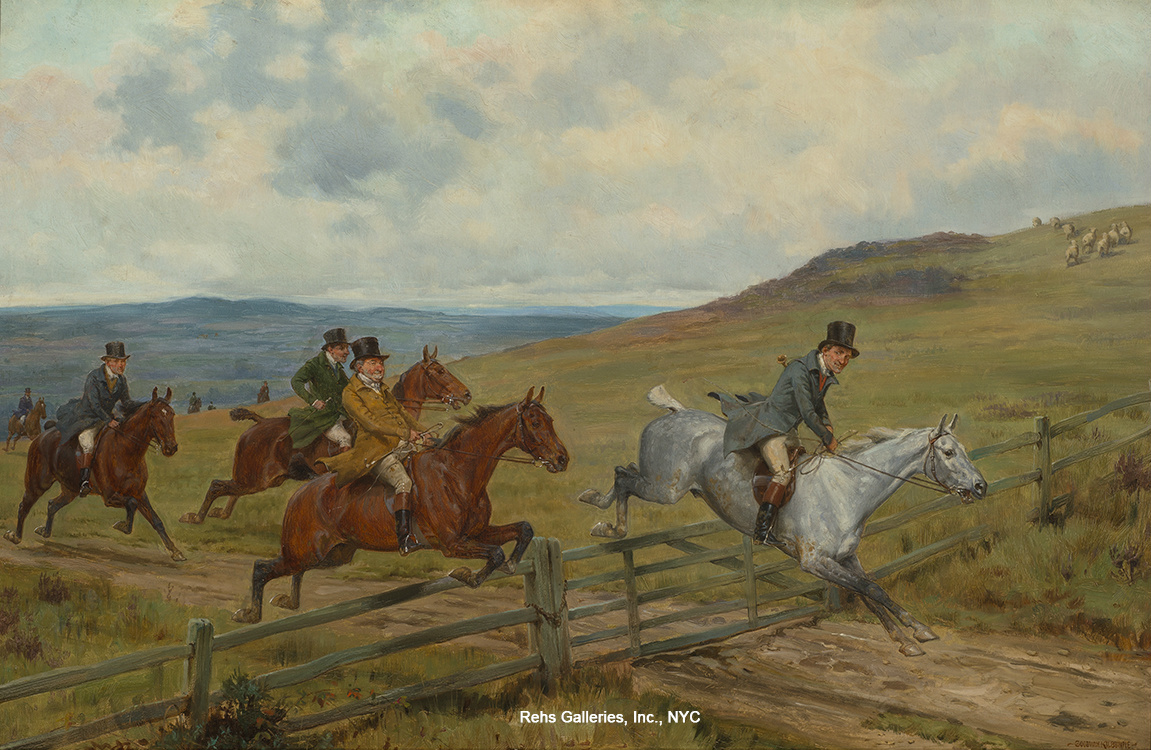
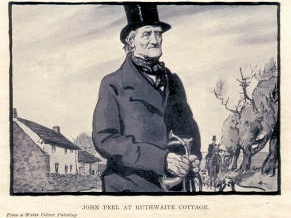
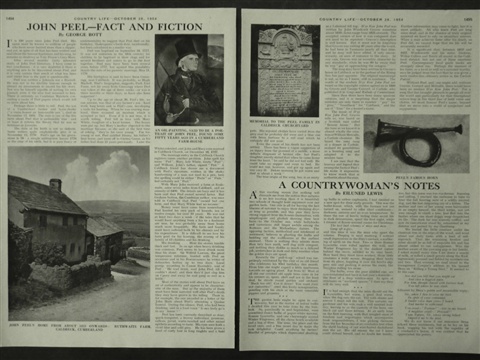
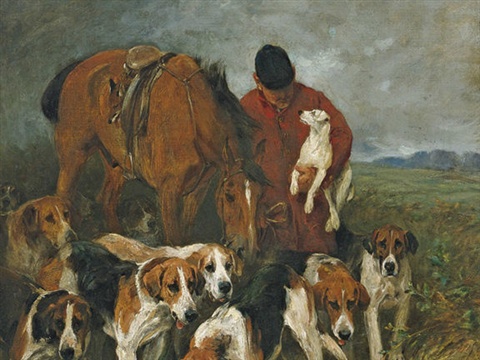
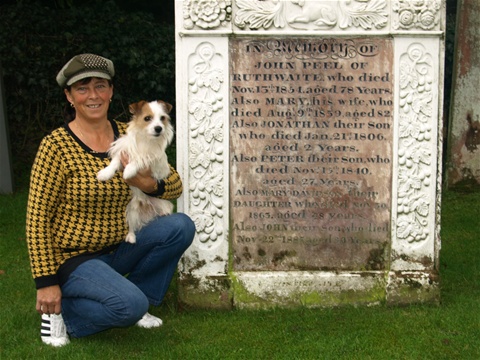
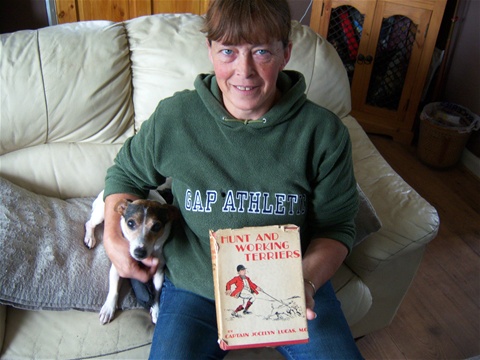
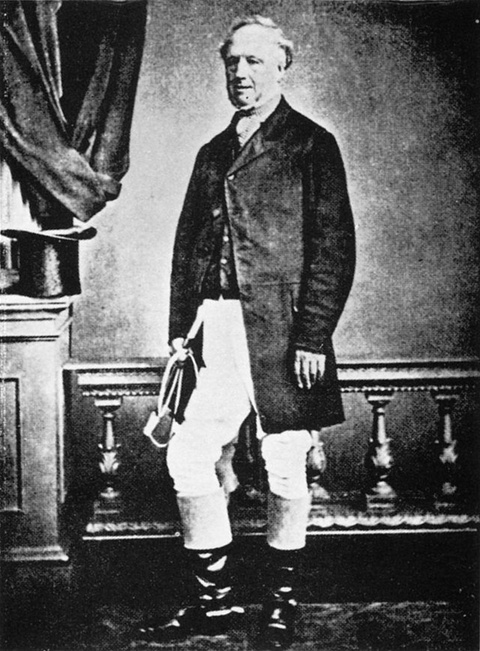
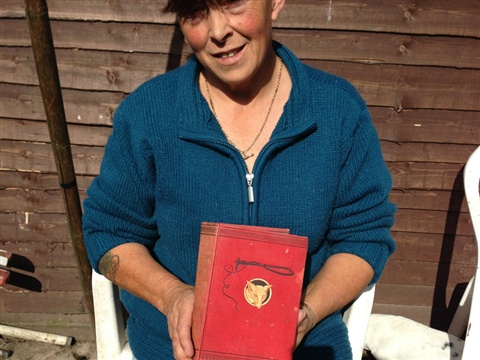
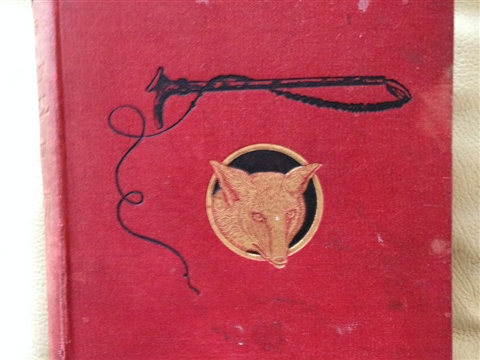
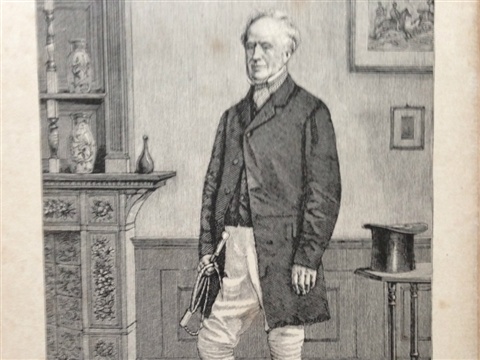
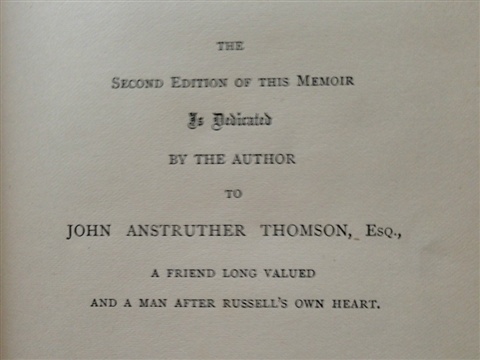
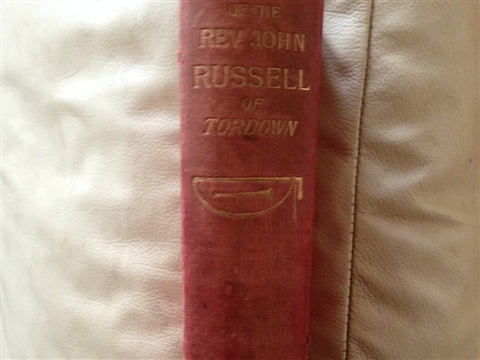
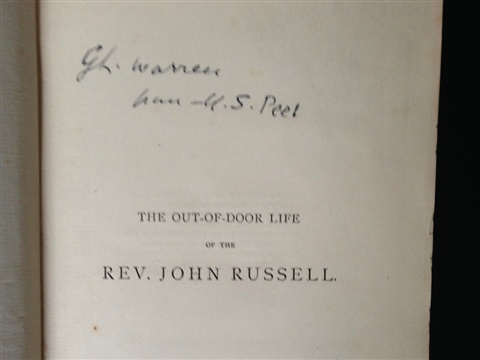
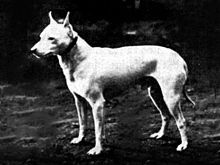
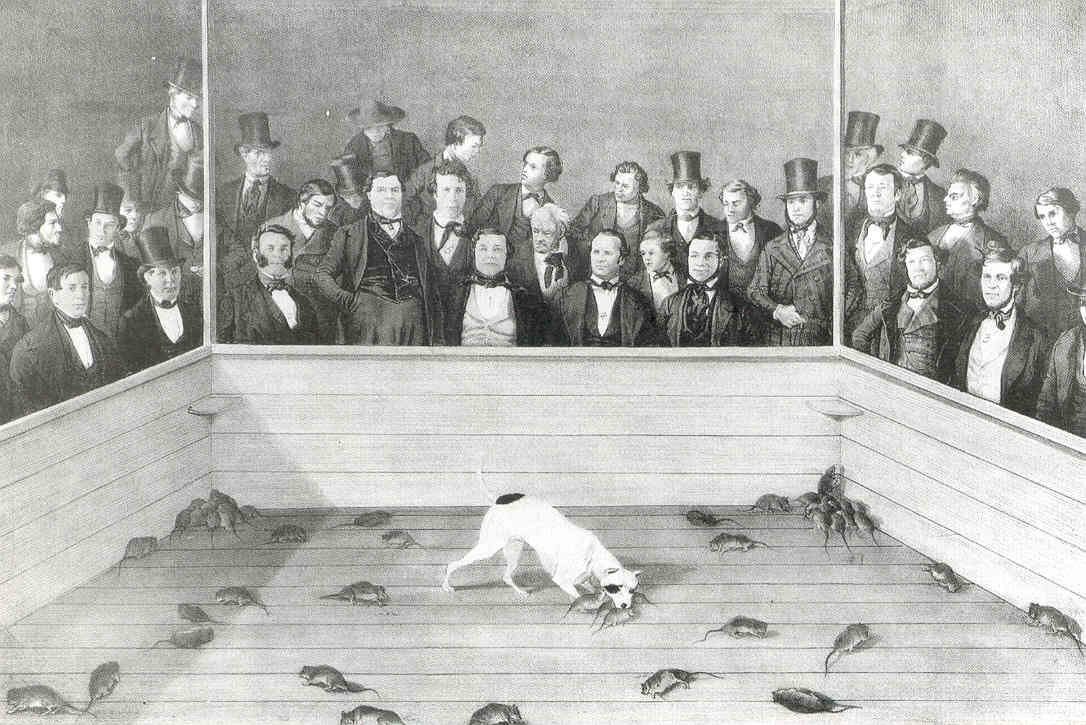
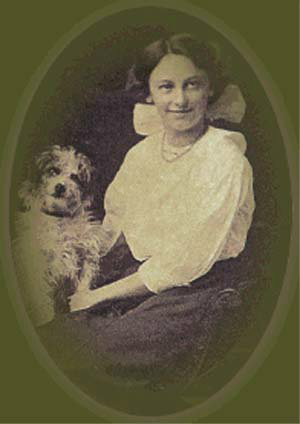
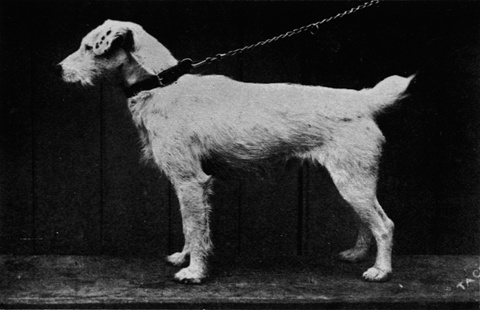
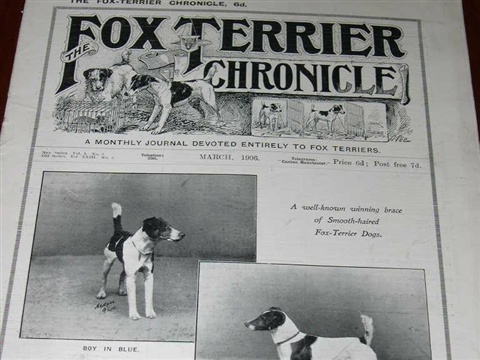
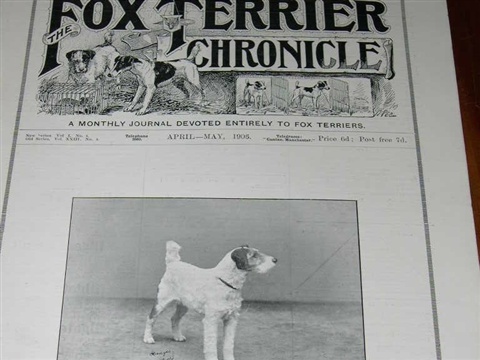
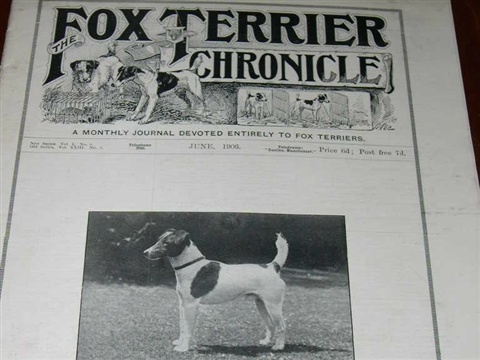
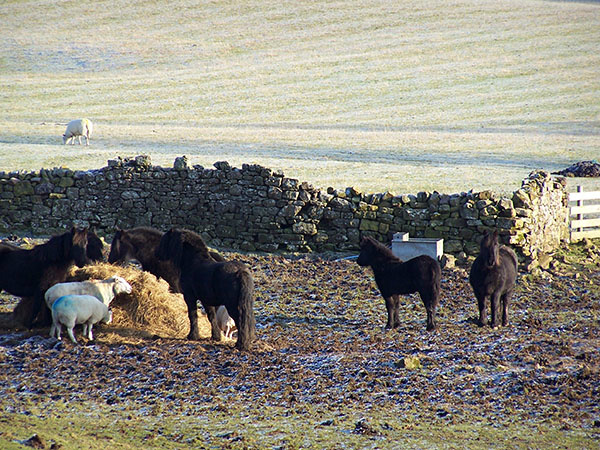
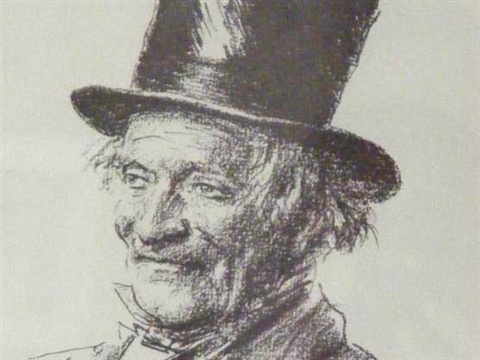
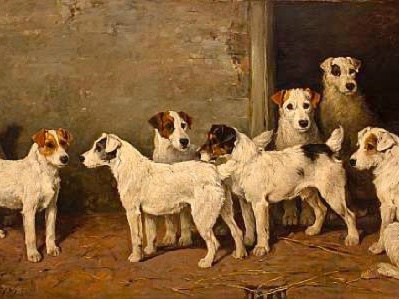
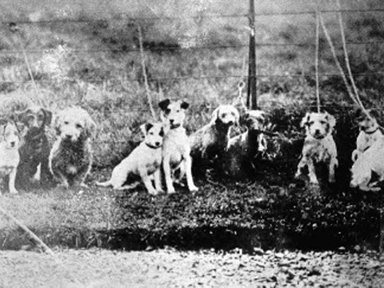

Juan Velazco
You're welcome Denise! Me too!
Have a lovely day, take care!
Regards,
Juan
Juan Velazco
Hi, Denise! Love your website, thank you for sharing this valuable and interesting information about the JRT background.
Regards,
Juan
Denise McKenzie Greig
You are welcome Juan, any time.. I really enjoyed our chat today thank you for the good luck as regards the show this Friday at Leeds...
Looking forward to our next chat..
Denise: